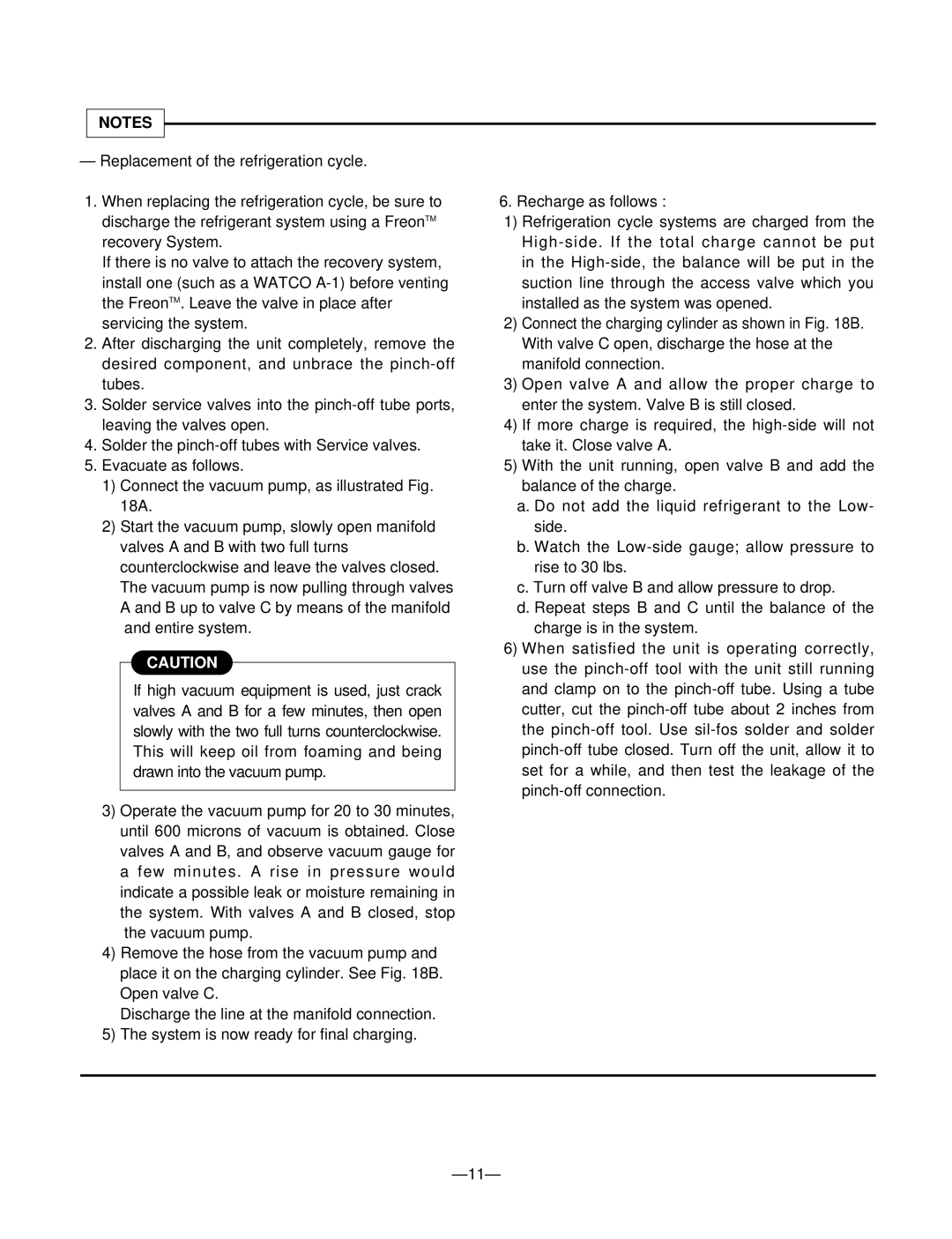BDE-103-A, BDE-123-A specifications
The Heat Controller BDE-123-A and BDE-103-A are advanced heating units designed to enhance comfort in residential and commercial spaces. With an emphasis on energy efficiency, these models incorporate a range of technologies and features that structure their performance and usability.Both units utilize innovative inverter technology, allowing for precise control over temperature settings. This feature not only reduces energy consumption but also minimizes fluctuations in room temperature, ensuring consistent comfort levels. The inverter technology enables the units to adjust their power output based on the current demand, which leads to reduced operational costs and a longer lifespan for the units.
One of the standout characteristics of the BDE-123-A and BDE-103-A models is their robust heating capabilities. The BDE-123-A, with a greater heating capacity than the BDE-103-A, serves larger spaces efficiently, making it ideal for larger rooms or open areas. The BDE-103-A, while slightly less powerful, is well-suited for smaller rooms or specific zones in a house, providing an effective heating solution without excessive energy use.
Both models are equipped with user-friendly digital control panels, enabling easy adjustments to settings and temperatures. The intuitive interface allows users to select their desired heating preferences with ease, enhancing the overall user experience. Additionally, these heat controllers come with programmable timers, allowing users to set heating schedules that align with their daily routines, optimizing energy use even further.
In terms of installation, both the BDE-123-A and BDE-103-A boast versatile mounting options, which can accommodate various configurations. Their sleek designs ensure they blend seamlessly into different décor styles, making them visually appealing additions to any space. Furthermore, these models are designed with low noise levels, providing a quiet operation that doesn’t disrupt the tranquility of your environment.
Safety features are also prioritized in these units. They include overheat protection and an automatic shut-off function, ensuring safe operation even in demanding conditions. Overall, the Heat Controller BDE-123-A and BDE-103-A represent a blend of advanced technology, effective heating performance, and user-friendly features, making them exemplary choices for efficient heating solutions in contemporary settings.

